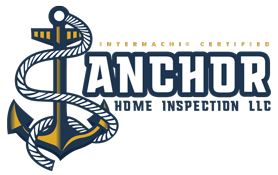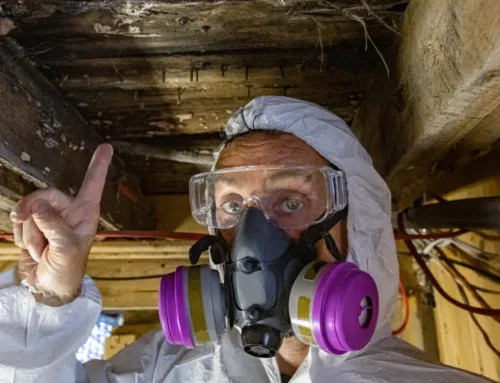When it comes to indoor air quality and environmental testing, different sampling methods are used to assess various contaminants and pollutants. Among these methods, air sampling, surface sampling, and bulk sampling are commonly employed to identify potential hazards in residential and commercial properties. In this blog, Anchor Home Inspection will delve into the intricacies of these sampling methods, providing insight into their uses, advantages, and limitations. Whether you’re a homeowner, real estate agent, or property manager in Chester, CT, understanding these sampling methods can help you make informed decisions about indoor air quality testing and environmental assessments.
Air Sampling Method:
-
Purpose:
- Air sampling is used to measure the concentration of airborne contaminants such as mold spores, allergens, volatile organic compounds (VOCs), and particulate matter.
-
Procedure:
- During air sampling, air samples are collected using specialized equipment such as air pumps and sampling cassettes. These samples are then analyzed in a laboratory to quantify the presence of specific pollutants.
-
Advantages:
- Air sampling provides real-time data on indoor air quality and allows for the detection of airborne contaminants that may not be visible to the naked eye. It is non-invasive and relatively quick to perform.
-
Limitations:
- Air sampling may not capture contaminants that are localized to specific surfaces or materials. Additionally, factors such as airflow patterns and ventilation rates can influence sampling results.
Surface Sampling Method:
-
Purpose:
- Surface sampling is used to collect samples from various surfaces within a property, including walls, floors, ceilings, and furniture.
-
Procedure:
- Surface samples are collected using swabs, wipes, or adhesive tapes. These samples are then analyzed in a laboratory to detect the presence of surface contaminants such as mold, bacteria, and allergens.
-
Advantages:
- Surface sampling allows for the identification of contaminants that may be present on surfaces and materials. It can help pinpoint areas of concern for remediation and mitigation efforts.
-
Limitations:
- Surface sampling may not capture contaminants that are deeply embedded within materials or substrates. Sampling techniques must be carefully selected to ensure representative samples are collected.
Bulk Sampling Method:
-
Purpose:
- Bulk sampling involves the collection of larger samples of materials or substances suspected of containing contaminants.
-
Procedure:
- Bulk samples are collected by physically removing material from the property, such as drywall, insulation, or flooring. These samples are then analyzed in a laboratory to identify the presence of hazardous substances such as asbestos, lead, or mold.
-
Advantages:
- Bulk sampling provides definitive information about the composition of materials and the presence of hazardous substances. It is often used to confirm the presence of specific contaminants identified through other sampling methods.
-
Limitations:
- Bulk sampling can be invasive and may require destructive testing, especially for materials that are difficult to access or remove.
Ready to assess indoor air quality and environmental hazards on your property? Contact Anchor Home Inspection today for professional testing and analysis by the best home inspectors in Chester, CT. Our experienced team specializes in comprehensive inspections and sampling methods, providing valuable insights into the health and safety of your indoor environment. Don’t compromise on the well-being of your family or occupants—schedule your inspection now and ensure peace of mind with Anchor Home Inspection!









